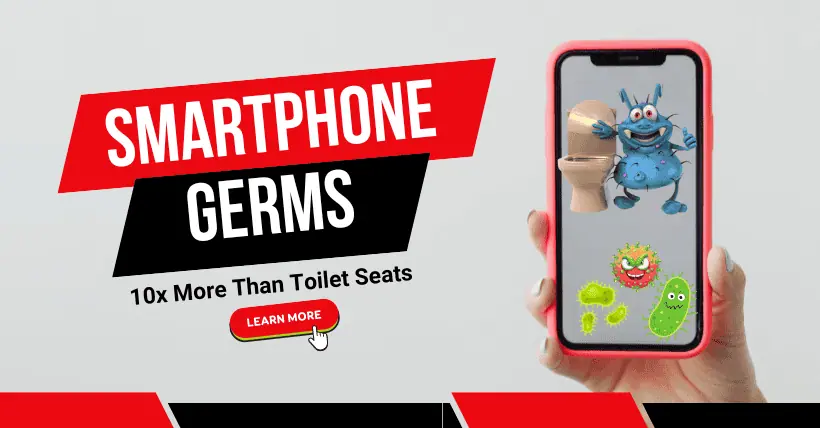According to the latest statistics from the UK Office of Communications, the average Briton checks their phone every 12 minutes and taps their screen 4,000 times a day. In China, phone usage is even more frequent. With such high usage, your phone has essentially become a petri dish for bacteria. Additionally, a study by the University of Arizona found that the bacterial density on a phone reaches 120,000 per square centimeter, which is 10 times more than that of a toilet seat. This discovery has garnered widespread attention and discussion.
In daily life, smartphones have become indispensable tools, with almost everyone using one from morning to night. With increased usage, smartphones have gradually become carriers that easily accumulate bacteria and microorganisms. Common bacteria found on phones include streptococcus, MRSA, and E. coli, which can breed and grow on the surface and in hard-to-reach corners like charging ports and speaker holes.
Health experts point out that bacteria on phones can spread through hand and face contact, increasing the risk of infection. This is particularly true when using the phone after going to the restroom or before eating, which can more easily lead to bacterial infections. Therefore, experts suggest that regularly cleaning your phone is very necessary.
It is understood that there are many ways to clean a phone, but not all methods are safe and effective. Some experts recommend using alcohol to wipe the phone screen and casing, but there are concerns that alcohol might damage the protective coating on the screen. As an alternative, using 75% medical alcohol with a microfiber cloth for gentle cleaning is considered both effective in disinfecting and relatively safe.
Besides traditional cleaning methods, technology also offers new solutions. Wireless chargers with ultraviolet sterilization functions are now available on the market. These devices not only charge phones but also use UV light to kill bacteria on the phone’s surface while charging.
For regular users, enhancing awareness of phone hygiene and improving daily habits are equally important. For example, avoiding taking the phone to the bathroom can reduce the chance of cross-contamination with bacteria. Additionally, washing hands before meals and cleaning the phone surface can help maintain better hygiene.
Related:
- How Megasonic Waves Are Made in Wafer Cleaners?
- 2025 Smartphones: A New Era of Low Innovation & High Profits
- Why Did Phones Remove the 3.5mm Headphone Jack?

Disclaimer: This article is created by the original author. The content of the article represents their personal opinions. Our reposting is for sharing and discussion purposes only and does not imply our endorsement or agreement. If you have any objections, please get in touch with us through the provided channels.



